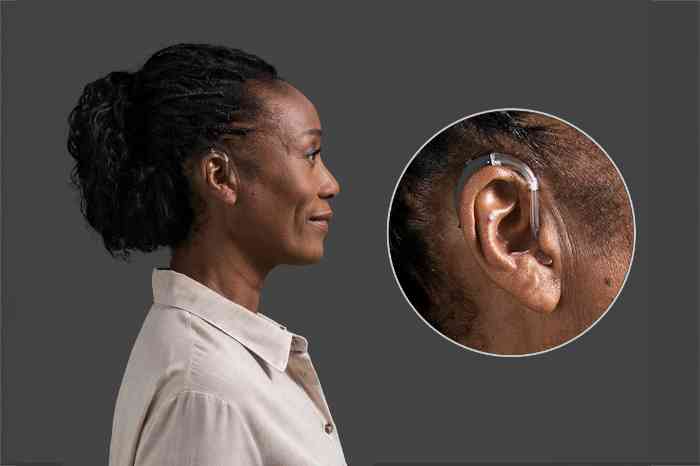Need support?
Call us and get support from one of our advisors.
Call for Free 877-403-8834Understanding hearing aid tubes — what they are and what functions they serve — is an important part of knowing how your hearing aids work. Our guide will give you the information you need to be a wise consumer and hearing aid owner.
Hearing aid tubes are essential components of behind-the-ear (BTE) hearing aids. Hearing aid tubes enable sound to be transferred into the ear canal from the body of the hearing aid, which houses the electronic parts (receiver, microphone and amplifier) and sits discreetly behind the ear.
BTE hearing aids offer the most powerful amplification of all hearing aid options. However, they won’t work without properly functioning hearing aid tubes. Knowing how to care for your hearing aid tubes, including what to do for hearing aid tube replacement, ensures that you’ll get the best performance out of your devices.
There are a number of tube types for hearing aids. Hearing aid tubes are available in two sizes (see below) and connect to either an ear mold or a hearing aid dome. The hearing aid tubes you use will depend on the type of hearing aid you have, as well as the level of hearing support you need.
All hearing aid tubes are pliable and transparent, making them comfortable and discreet. Hearing aid tubes come in different diameters and different lengths. Sizing standards might vary by manufacturer, so it’s crucial to use tubes designed for your hearing aids only. Below are hearing aid tube sizes and lengths and the best uses for each:
Properly fitted hearing aid tubes will give you optimal performance and make your hearing aids more comfortable. If the tubes are too short, the top of your ear or ear canal may become tender. If they are too long, your hearing aid might slip or give you a subpar hearing experience.
Wondering how to adjust hearing aid tubes? Because of the importance of getting the right fit and connecting the tubes to your hearing aid correctly, adjustments are a task best handled by your hearing care professional. You can visit your local Miracle-Ear HCP and have them make adjustments at no cost.
Hearing aid parts don’t last forever, and it’s important to understand the signs that changing hearing aid tubes is needed. The following signs indicate you should see an HCP about changing your hearing aid tubes:
Cleaning your hearing aids, tubes and all parts is necessary for clearing out earwax, oils, perspiration, and other debris that can build up. Cleaning your hearing aid tubes not only enhances their effectiveness but can also extend their lifespan.
The tubes can be cleaned using a tool with a long wire on one end (used to clear out the inside of the tubing) and a brush on the other end (used to clean the outside of the tubing and the casing). If you struggle to get your hearing aid tubes clean, or they remain clogged, it’s time to replace them.
It’s frustrating when your hearing aids aren’t performing well, whether generating feedback (which can sound like a loud buzz or high-pitched squeal) or not helping you hear effectively.
Every component of your hearing aid can affect its sound quality. After you examine your devices and make sure your hearing aid tubes are clean and undamaged, making an appointment to have your HCP help with changing your tubes is next on the list.
It’s generally recommended to get your hearing aid tubes replaced every four to six months, depending on their performance, comfort and condition. If you notice any of the signs above, you should consider changing them sooner. You can also talk to your hearing care professional about your tubes during your regular Miracle-Ear appointments.
If you’re wondering how to change a hearing aid tube, there’s something to consider first: You’ll get the best results by having a professional do it. It’s a difficult thing to get exactly right, and incorrectly placed tubes can negatively affect everything from sound quality to the responsiveness of your hearing aids.
Making an appointment at your neighborhood Miracle-Ear will save you time and potential frustration. Plus, as part of the Miracle-Ear Advantage, maintenance like changing hearing aid tubes is covered for life.
